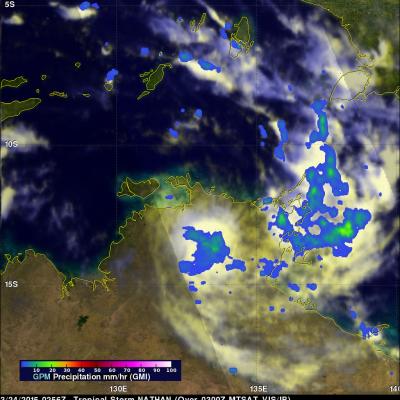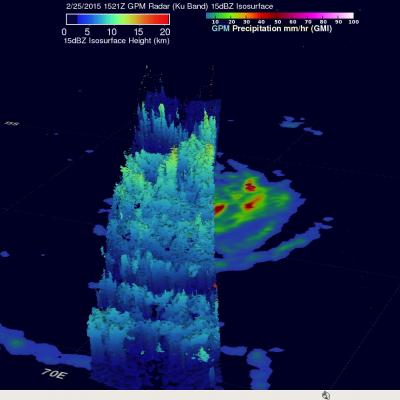2015 PMM Science Team Meeting
Dates
Location
Baltimore, Maryland
- Access the restricted 2015 PMM Science Team Meeting files (PMM Science Team members only).
- Request a password to access the PMM Science Team Meeting files.
Register Here
Grand Historic Venue and
Embassy Suites Baltimore Downtown
225 N. Charles Street, Baltimore, MD 21201
Mission Affiliation



